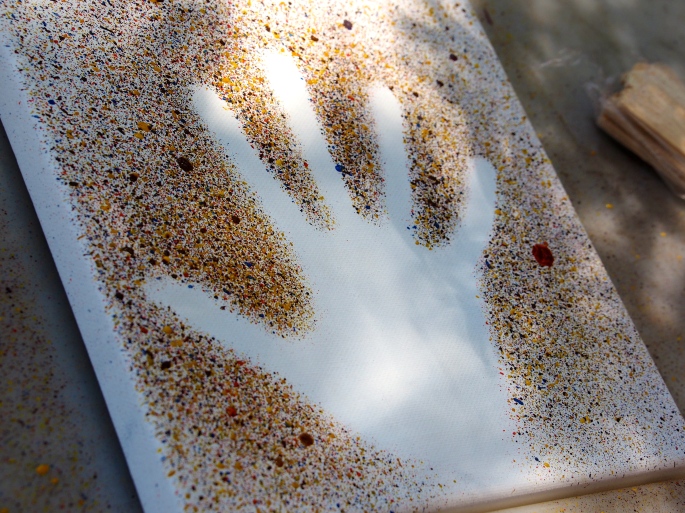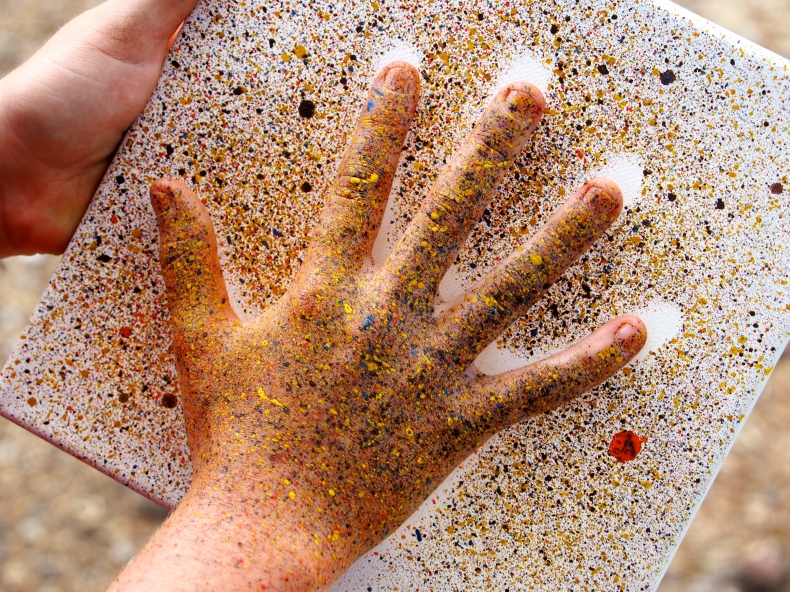
NAIDOC Week is an annual event that focuses attention on the richness of Aboriginal and Torres Strait Islander culture and the valuable contributions that indigenous people make to this country. It provides a chance for all of us to recognise, acknowledge and celebrate the history, culture and achievements of Australia’s First People. It also provides an opportunity to reflect upon our shared history.
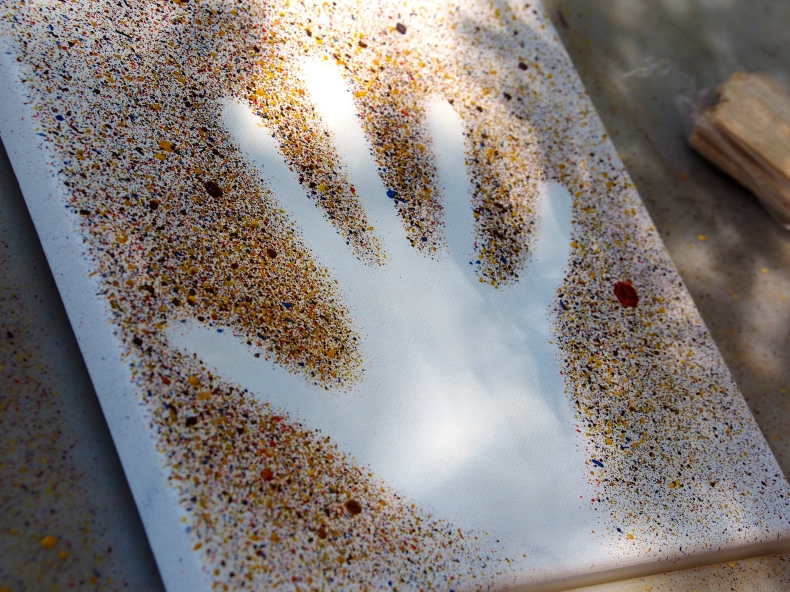
Today’s descendants of the original inhabitants of this country are part of the oldest continuously living culture on earth. This connection stretches back 60,000+ years, to the ancestors of the past and it also provides a living link to the future. At this point in time, indigenous and non-indigenous Australians are being called upon to walk a path of healing together, towards greater reconciliation, and to enter into discussions about the prospect of a long overdue Treaty with this nation’s First People. It is all about walking that road together.
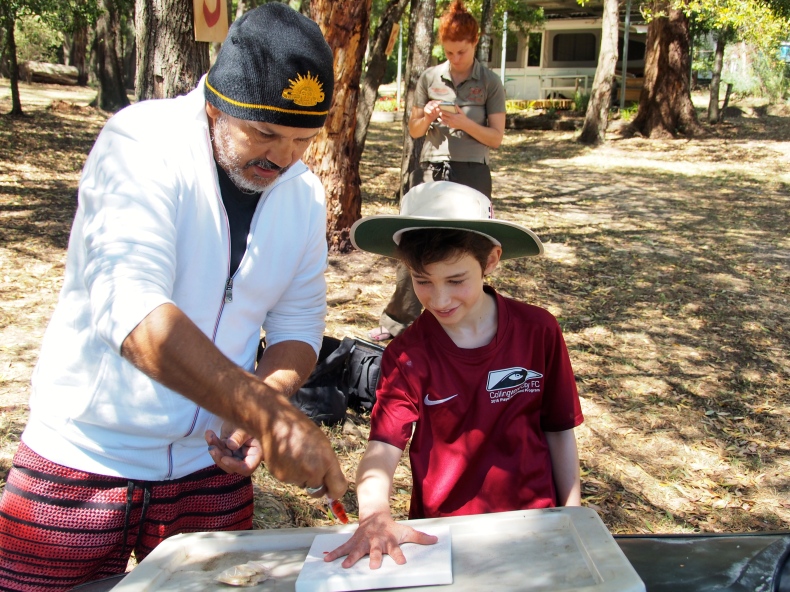
NAIDOC originally stood for ‘National Aborigines and Islanders Day Observance Committee’ – an acronym for the group responsible for organising NAIDOC activities and events – and the national week for celebrating indigenous culture has retained this name. Held in the first full week of July, the origins of NAIDOC Week can be traced back to the 1920s and the emergence of Aboriginal groups which sought to increase awareness in the wider community about the status and treatment of indigenous Australians.
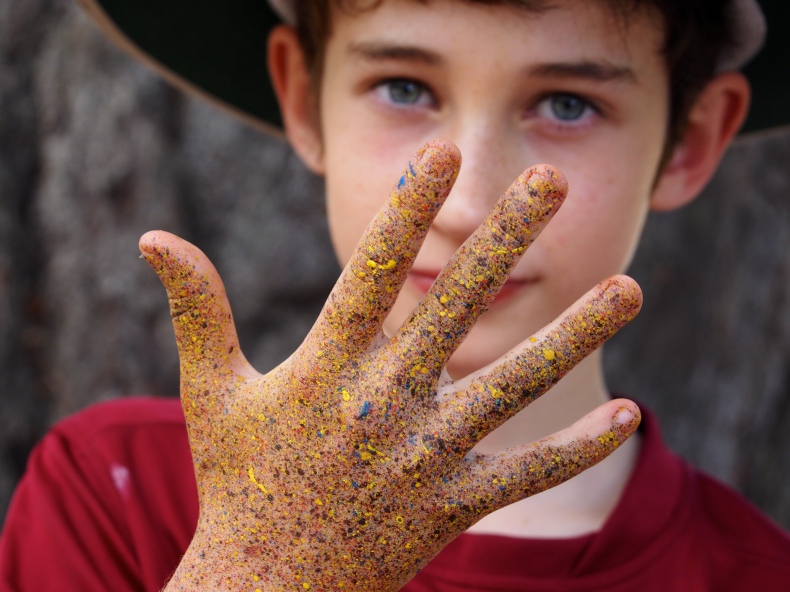
In the early 1900s, fledgling Aboriginal rights groups had started to boycott ‘Australia Day’ (26 January) in protest against the treatment of Indigenous Australians. On Australia Day in 1938, protestors marched through the streets of Sydney, followed by a congress attended by over a thousand people. Known as the ‘Day of Mourning’, this was one of the first major civil rights gatherings in the world. There was a growing feeling that this day of demonstration should become a regular event.
From 1940 until 1955, the Day of Mourning was held annually on the Sunday before Australia Day and it became known as ‘Aborigines Day’. In 1955 Aborigines Day was shifted to the first Sunday in July after it was decided that the day should become not simply a day of protest but also a celebration of Aboriginal culture.
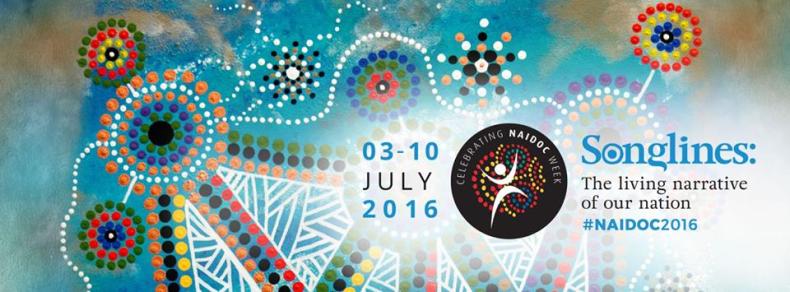
This year, the national theme for NAIDOC Week (3-10 July) is Songlines – The living narrative of our nation. As for previous years, a national poster competition was held, inviting artists to submit entries represening their interpretation of the chosen theme. This year’s winner of the prestigious National NAIDOC Poster Competition is Lani Balzan, a proud Wiradjuri Aboriginal woman from Illawara, NSW.
Ms Balzan received a $5,000 cash prize and her artwork, titled: Songlines Tie All Aboriginal People Together, is featured on the National NAIDOC Poster, distributed across the country to promote NAIDOC Week 2016. Ms Balzan’s artwork represents all of the Songlines coming together to create our nation. You can see how they criss-cross the land as they run East, West, North, South and diagonally across the country to track the journeys of the ancestors.
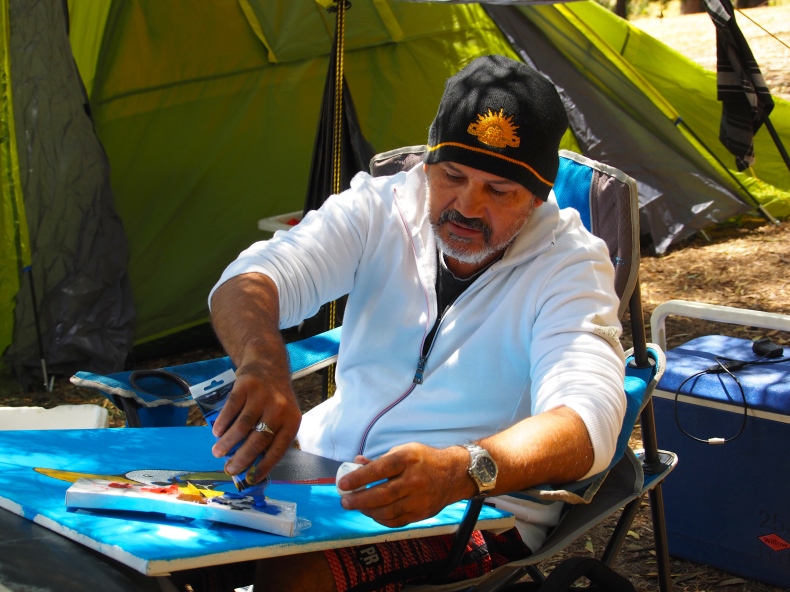
As part of NAIDOC Week, diverse celebrations and activities are being held across Australia – from remote and regional communities to urban and metropolitan centres. If you have the chance to take part, the opportunity to learn more about indigenous culture, music, stories and artwork, and to connect with local indigenous people is well worthwhile.
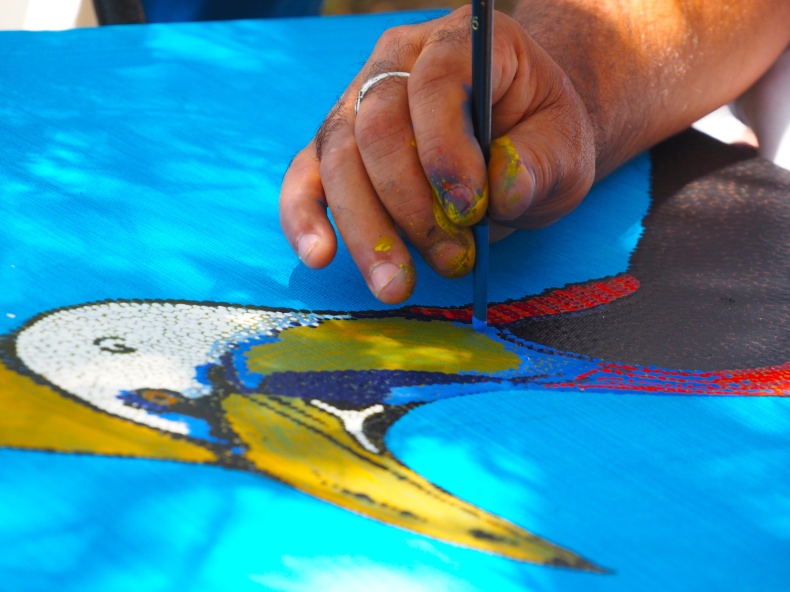
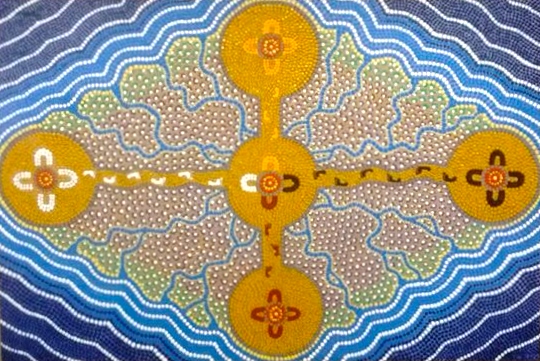
Further Information:

